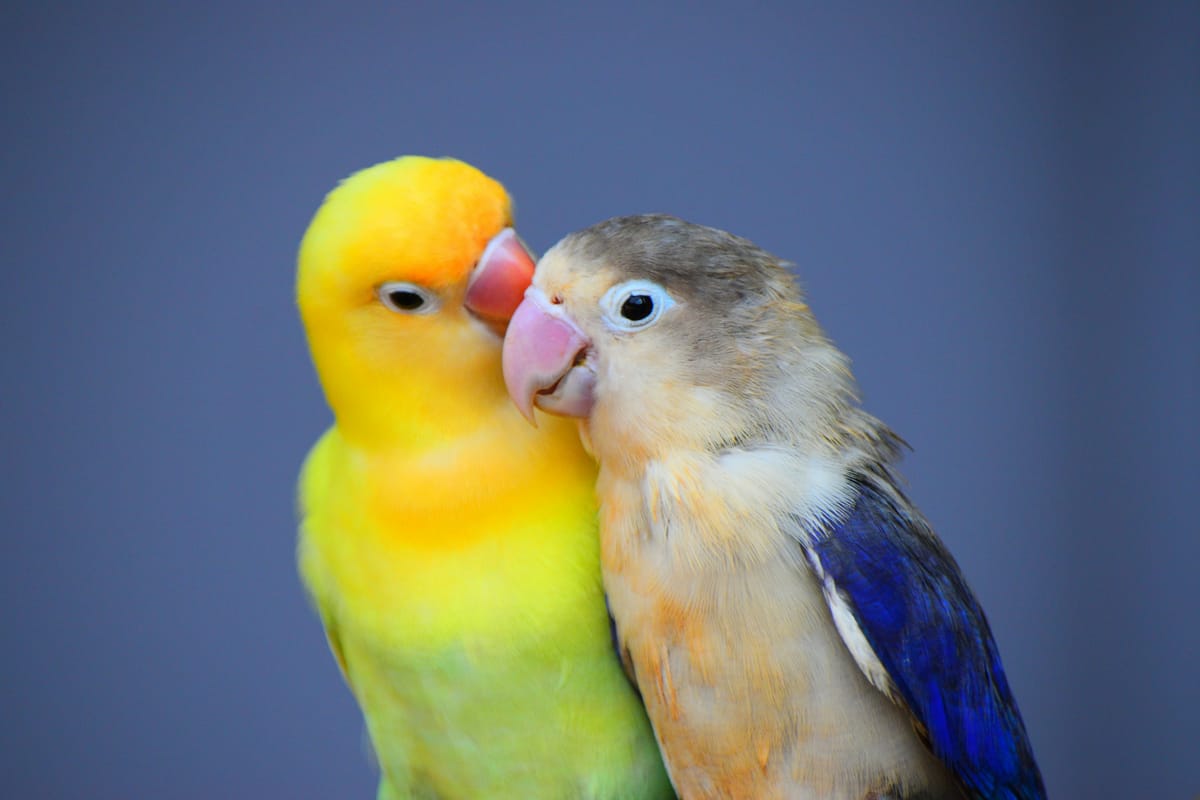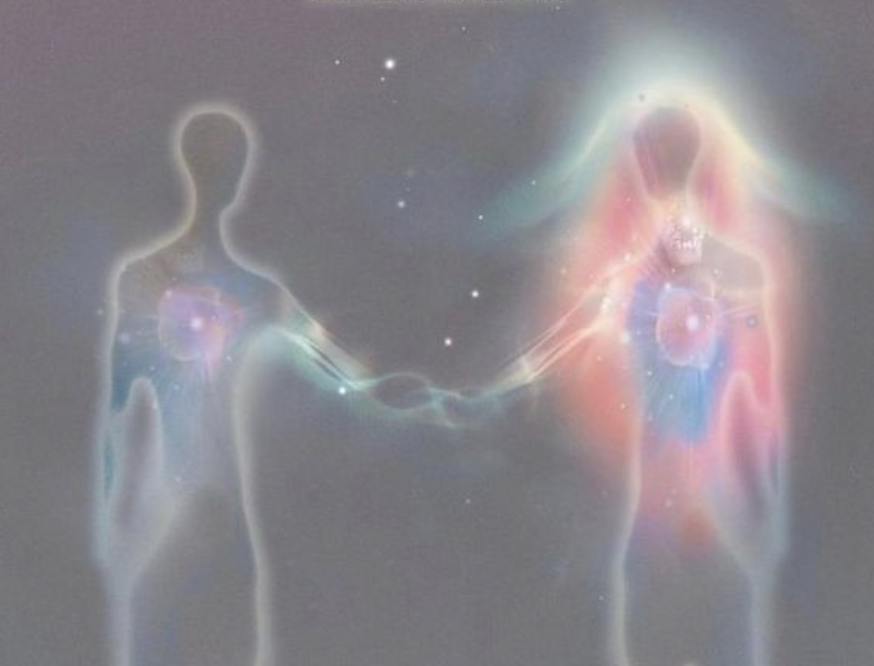DeepDive into Vibrational Sound Therapy for couples

There’s something quietly magical that happens when two people drop into a shared moment of presence. No words, no agenda—just a shared field of vibration.
In couples sound therapy, that moment becomes a doorway.
Whether you come in feeling close or a little disconnected, the sound becomes a meeting place. A place that doesn’t rely on logic or dialogue but invites the body, the heart, and the nervous system to attune. This work isn’t just about listening—it’s about tuning in, together.
Why Sound?
Sound speaks to more than just the ears—it vibrates through the whole body. It bypasses the analytical mind and gently invites us into a state of regulation and connection.
When couples engage in shared experiences—like touch, synchronized movement, or being fully present together—the body releases oxytocin, often called the "bonding hormone." This neurochemical plays a vital role in building trust, reducing stress, and deepening emotional intimacy. It’s the same hormone released during long hugs, eye contact, and moments of tenderness.
When paired with sound and vibration, the effects deepen.
Sound bowls, gongs, chimes, and voice create physical vibrations that ripple through the nervous system. These vibrations can:
- Support oxytocin release through co-regulation and shared relaxation
- Lower cortisol (the stress hormone), promoting a sense of safety
- Detox the emotional body, helping release unexpressed feelings
- Reset energetic boundaries, clearing stagnant or heavy emotional residues
- Harmonize the aura, especially when both partners are immersed in the same sonic field

Many couples describe it as a deep energetic cleansing. Sometimes, without needing to speak, emotions are felt, witnessed, and released. The bowls don’t just relax the body—they tune the field between two people. And in that resonance, connection becomes not just emotional or mental, but
The Science of Resonance
What makes sound such a powerful bridge between two people?
Beyond the felt experience, research continues to reveal how deeply sound and vibration impact our biology. Low-frequency sound waves, like those produced by Tibetan bowls or gongs, engage the vagus nerve, which plays a central role in regulating our parasympathetic nervous system—the part of the body responsible for rest, digestion, and emotional regulation.
When this system is activated, heart rate slows, breath deepens, and the body enters a state of safe connection—a state where bonding and intimacy naturally arise.
In one study, vibroacoustic stimulation was linked to reductions in anxiety and physical tension, along with improved mood and emotional clarity. These effects are not just personal—they ripple through relationships, creating an environment where partners feel more present and attuned.
Tuning Into Each Other
Sound doesn’t just regulate—it synchronizes.
Emerging studies in interpersonal neurobiology suggest that shared rhythm, whether in music or movement, can lead to brainwave entrainment between individuals. That means two people’s nervous systems, over time, begin to align—heart rate, breath, even subtle micro-expressions. This creates a deeper sense of empathy, trust, and mutual regulation.
Unlike talk-based practices, sound invites both partners into a shared non-verbal field where emotional repair and connection can unfold without explanation. For couples who find words overwhelming or triggering, this somatic entry point can be especially healing.
A Final Note from Me
I genuinely love working with couples—whether in somatic exploration, attachment healing, or vibrational sound therapy. There’s something deeply moving about witnessing two people return to presence with each other, often without needing words at all.
One couple told me after their session:
"It’s hard to explain… I didn’t feel like I had to say anything. I just felt him there with me. Like really with me. I haven’t felt that kind of warmth in a long time. It made me want to cry—but in a good way."
Moments like these are why I do this work. If you and your partner are curious to explore sound as a way to reconnect, soften, or simply share something sacred—I’d love to hold that space for you.